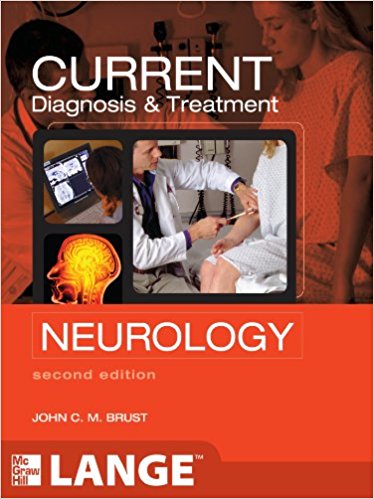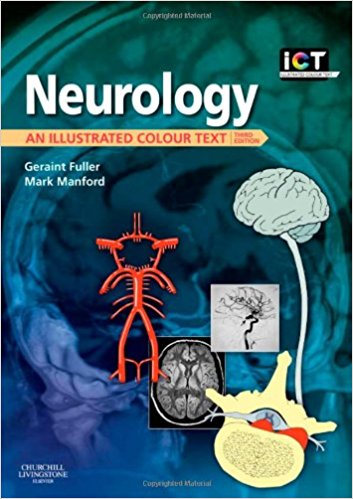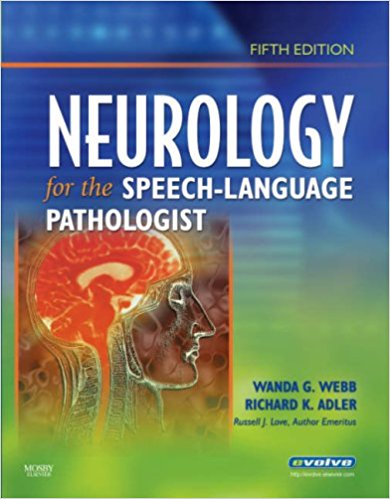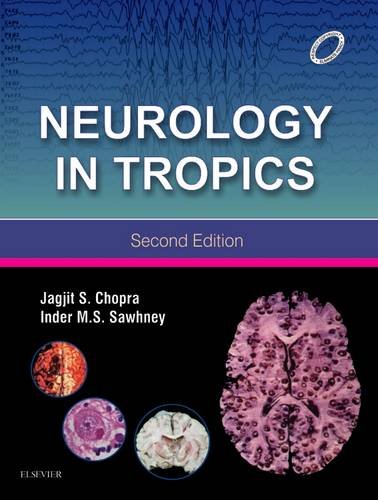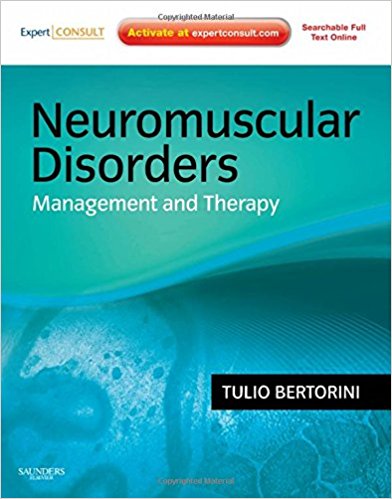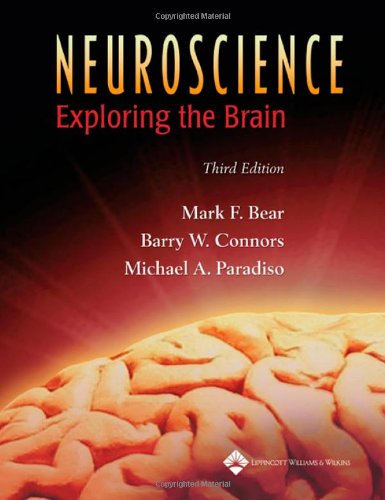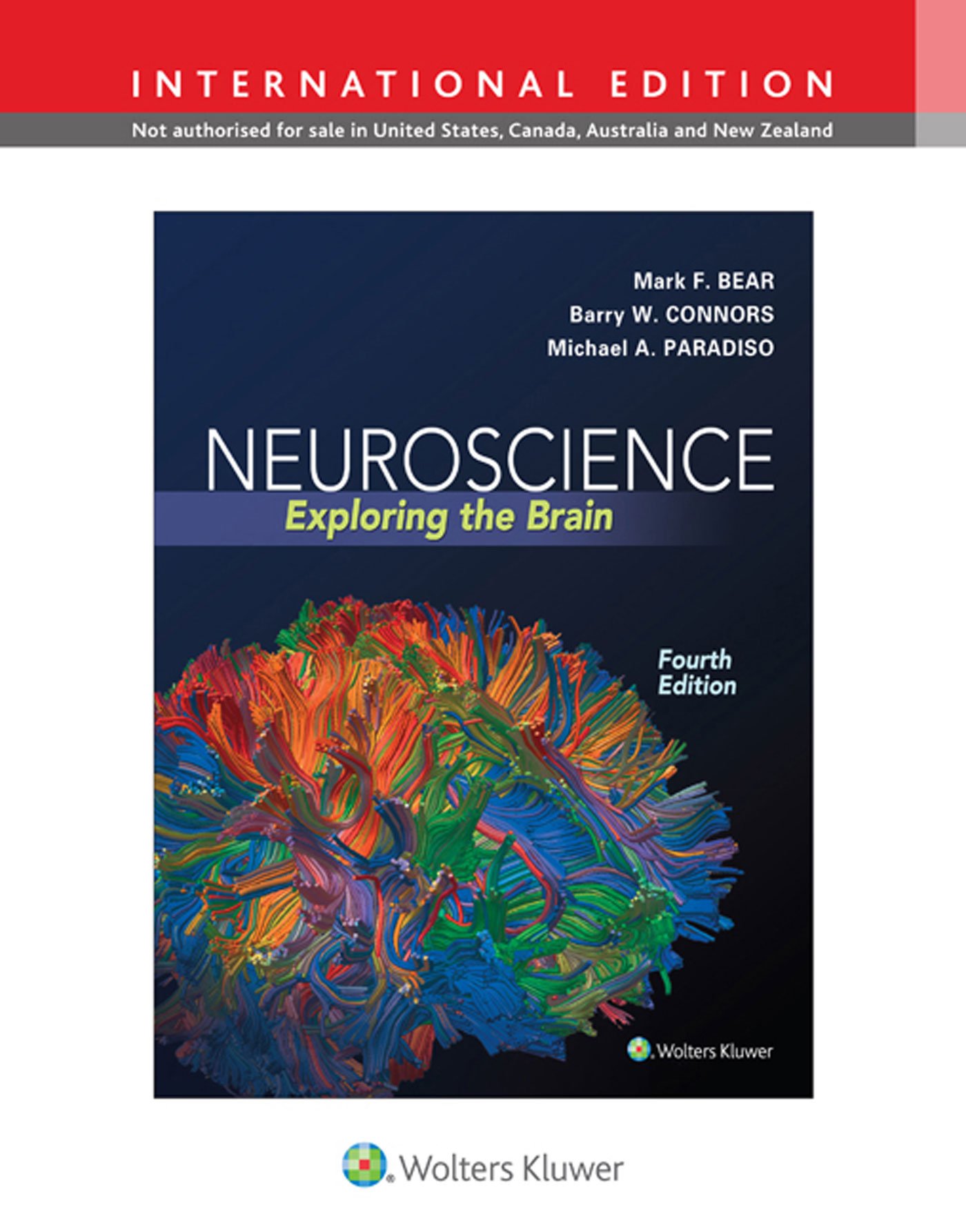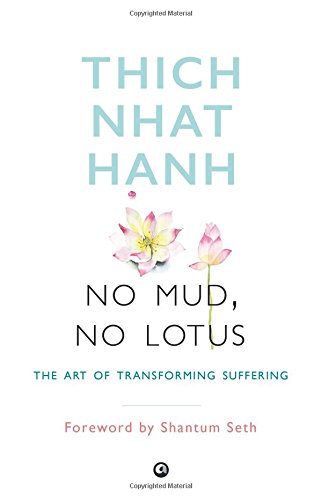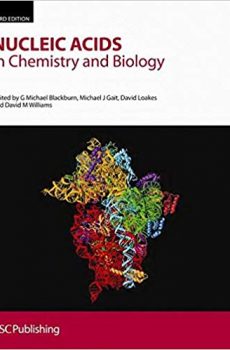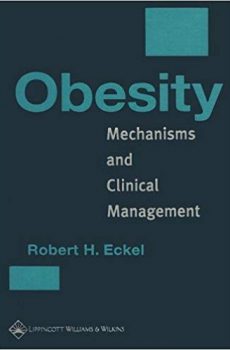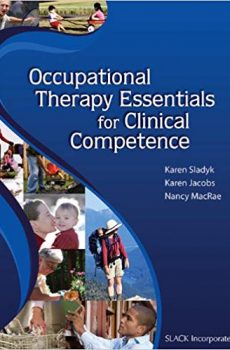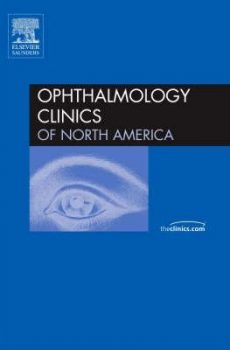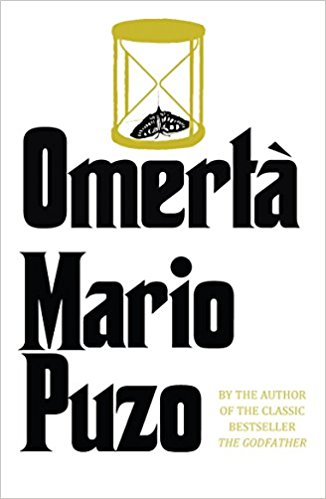The occupational therapy profession has seen many textbooks on a wide range of topics, but never has a text used the ACOTE Accreditation Standards as a blueprint, incorporating them as a way to intricately outline a plan of action for the current practice of occupational therapy.
Occupational Therapy Essentials for Clinical Competence begins by linking the ACOTE Accreditation Standards with current practice in chapters for students and educators. With 50 expert contributors, this forward-thinking text sets the stage with two foundational concepts vital to the study of occupation: flow and culture.
Led by nationally renowned authors, Karen Sladyk, Karen Jacobs, and Nancy MacRae, Occupational Therapy Essentials for Clinical Competence presents a summary of interconnected constructs that define and direct occupational therapy practice.
Inside you will find:
• Basic tenets of occupational therapy
• Occupational therapy theoretical perspectives
• Screening, evaluation, and referral
• Formulation and implementation of an intervention plan
• Context of service delivery
• Management of occupational therapy services
• Professional ethics, values, and responsibilities
• Culture and its role in occupational choice and performance


